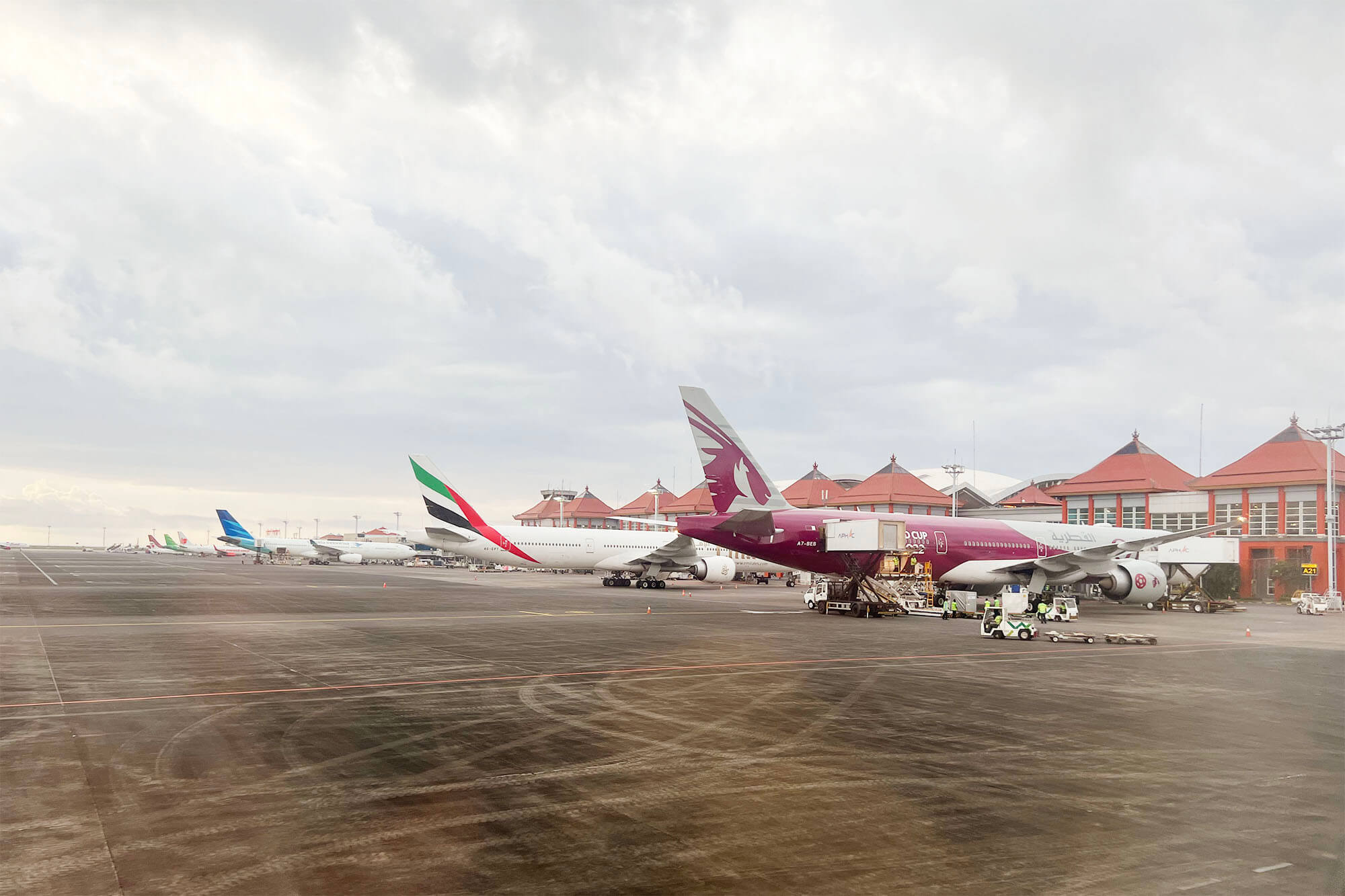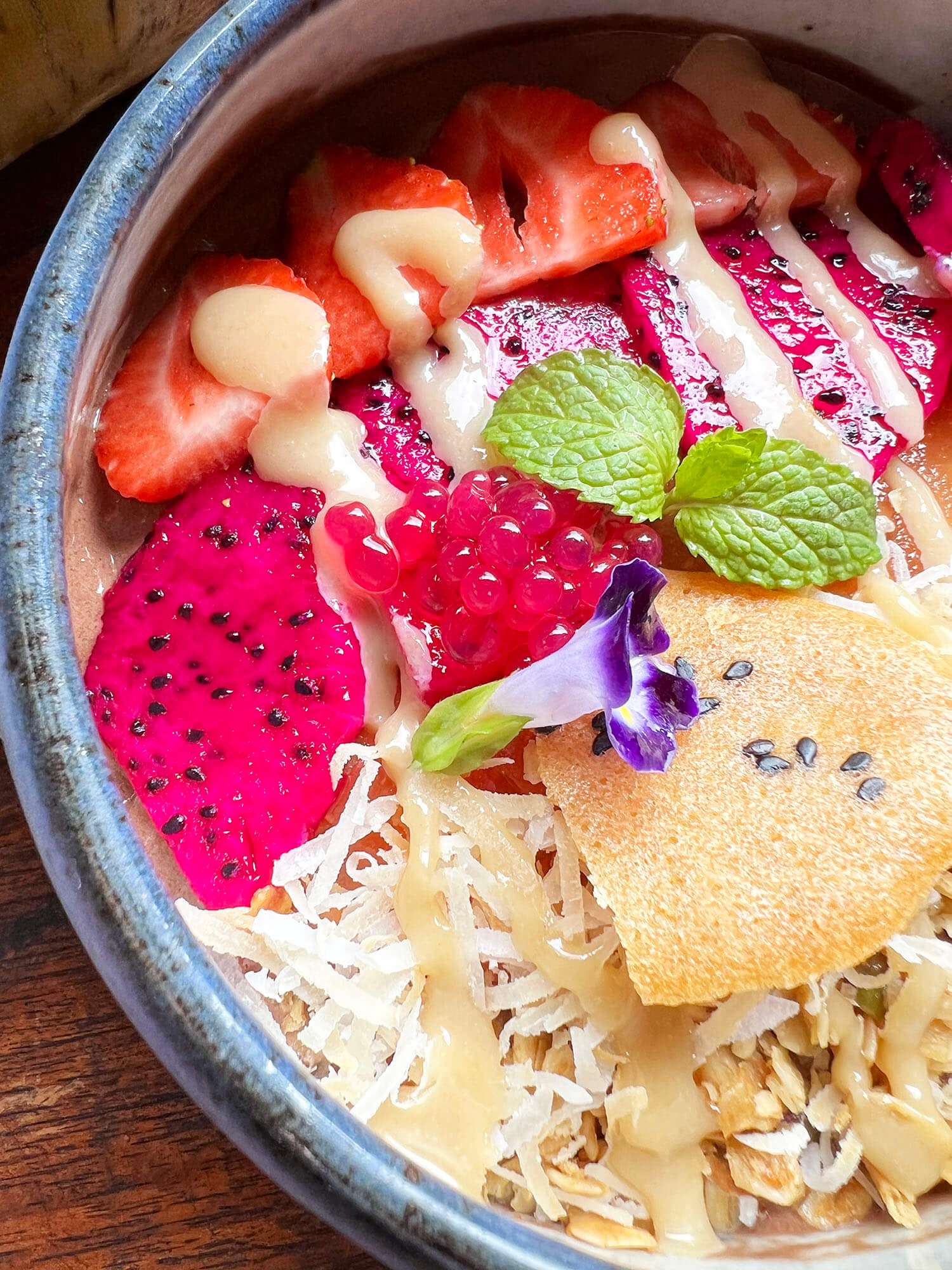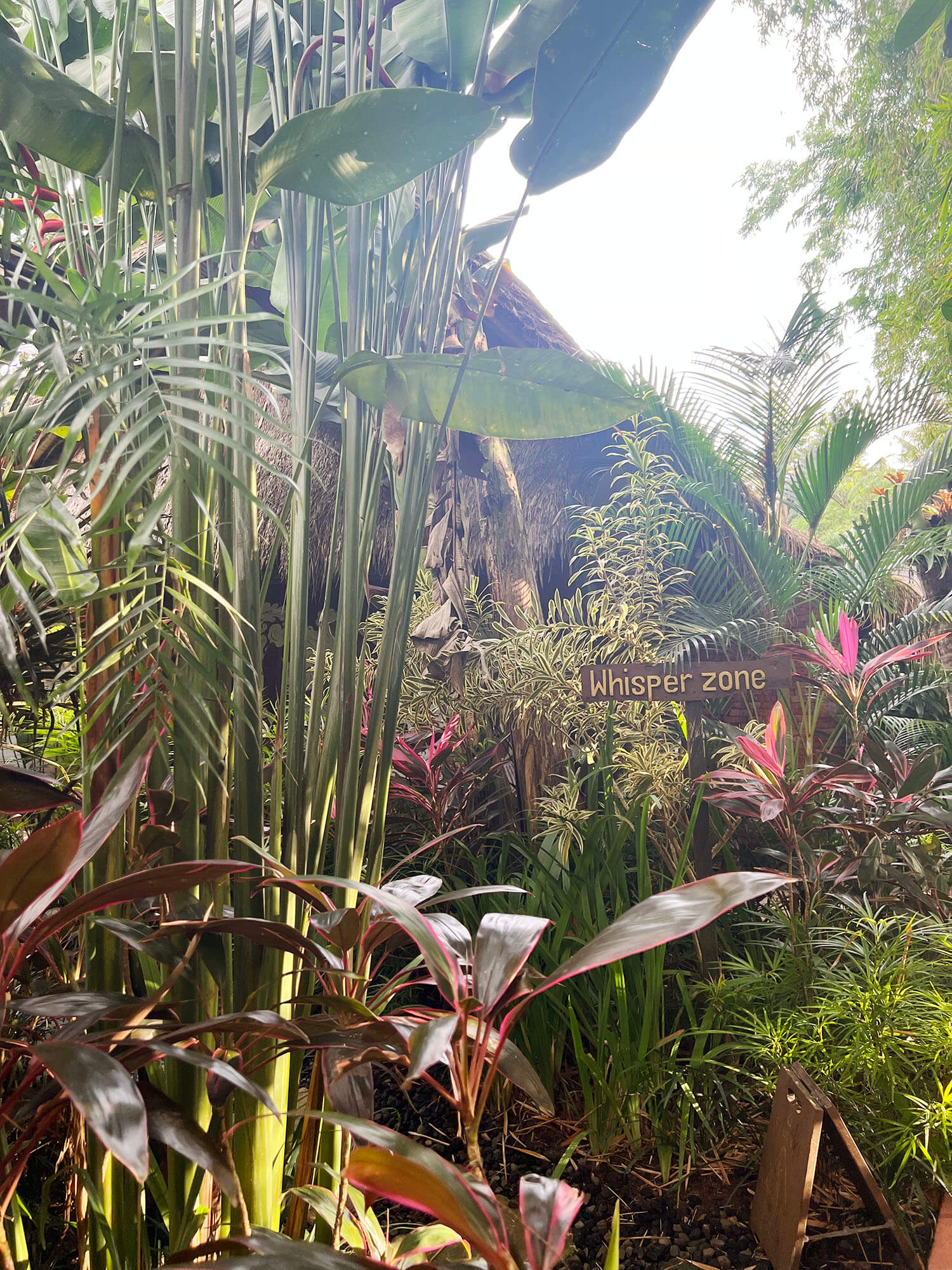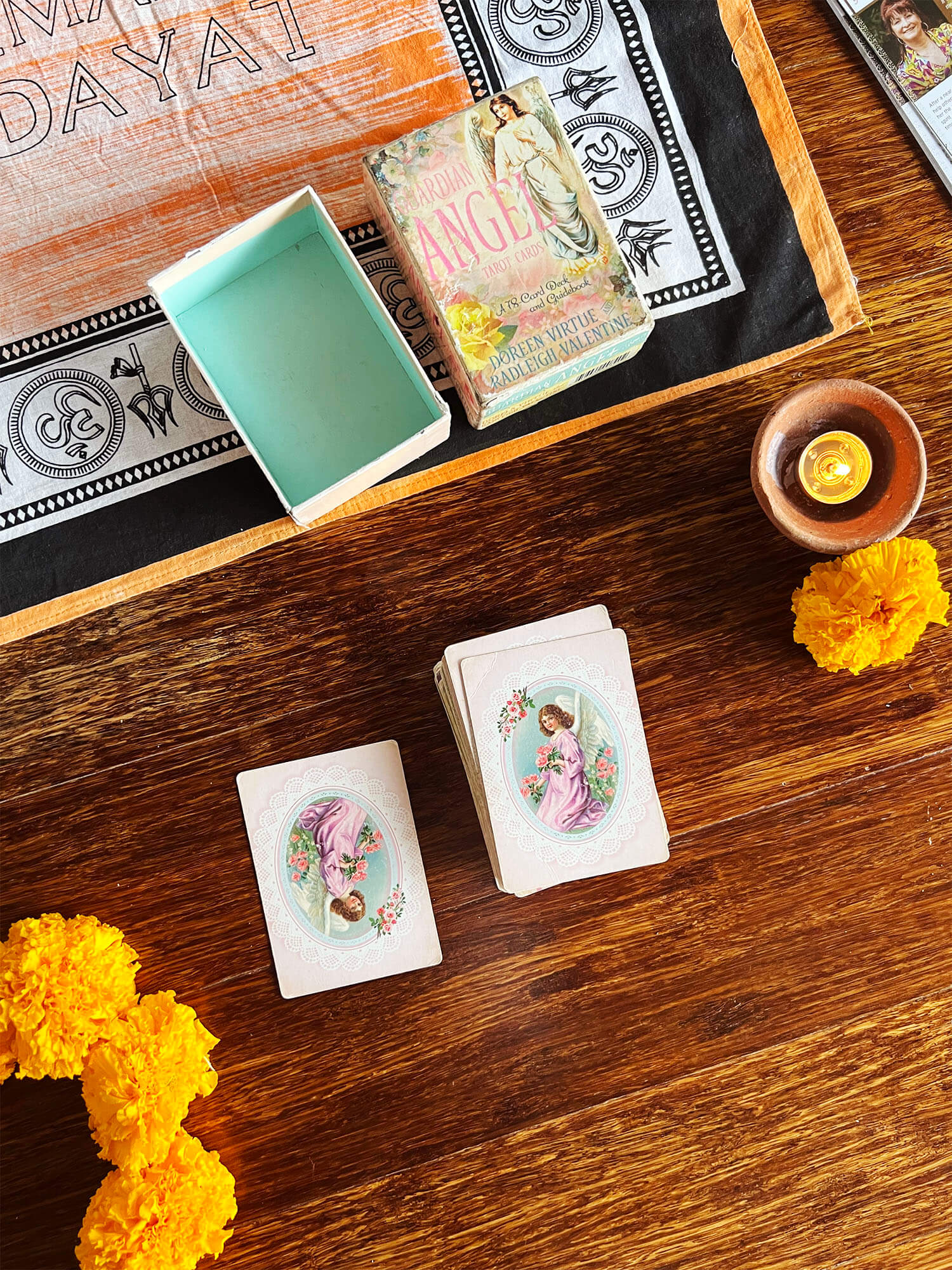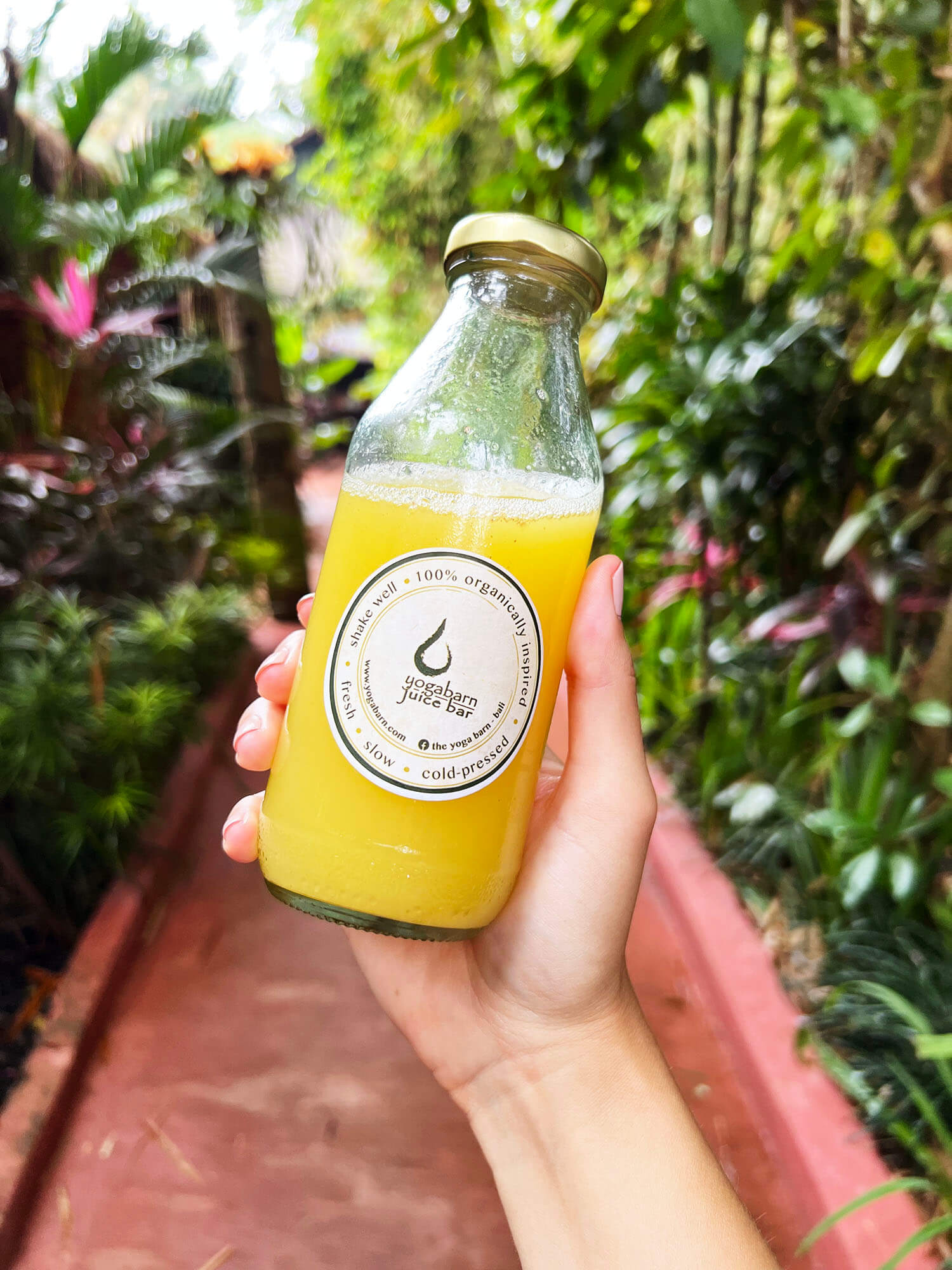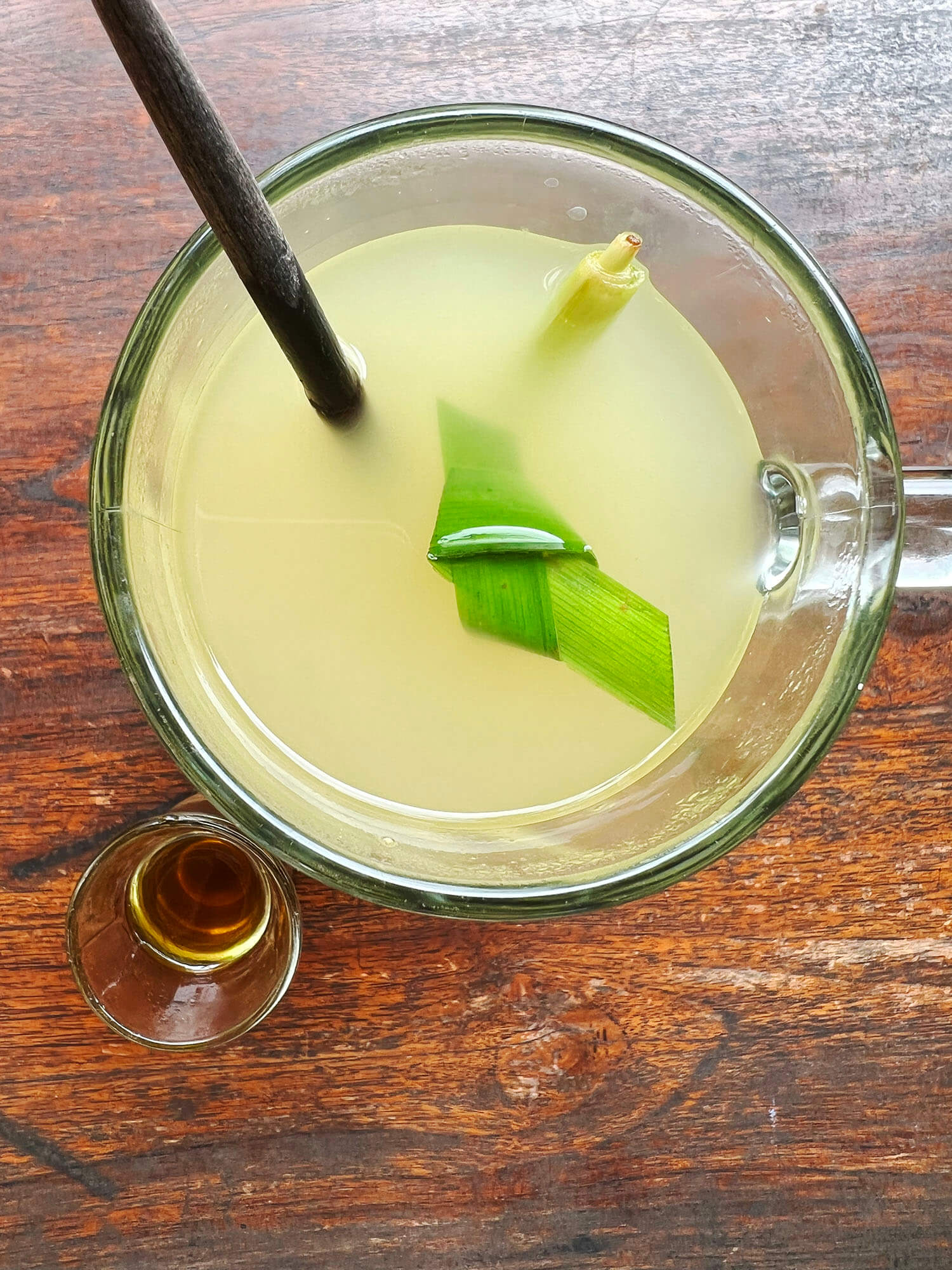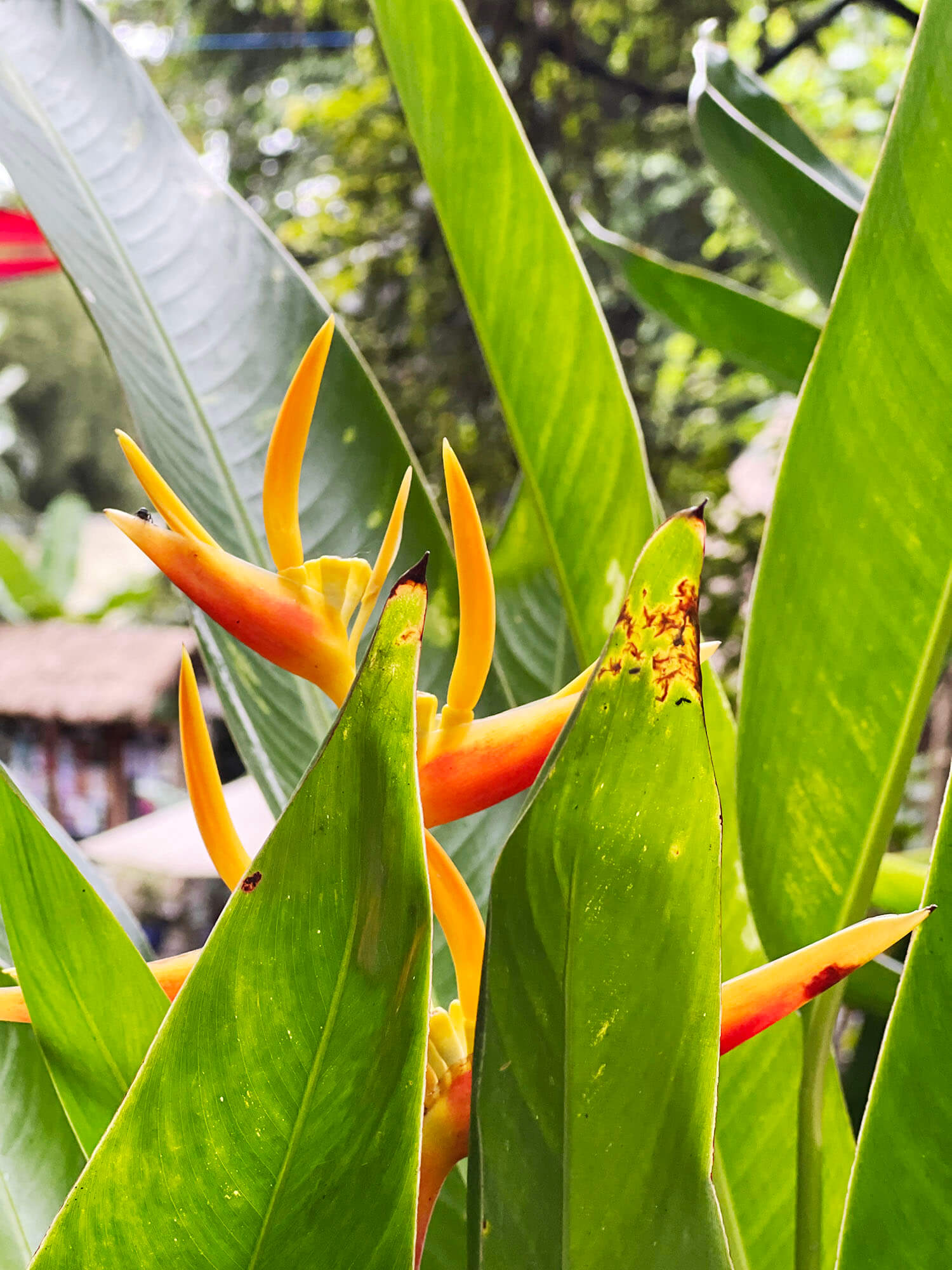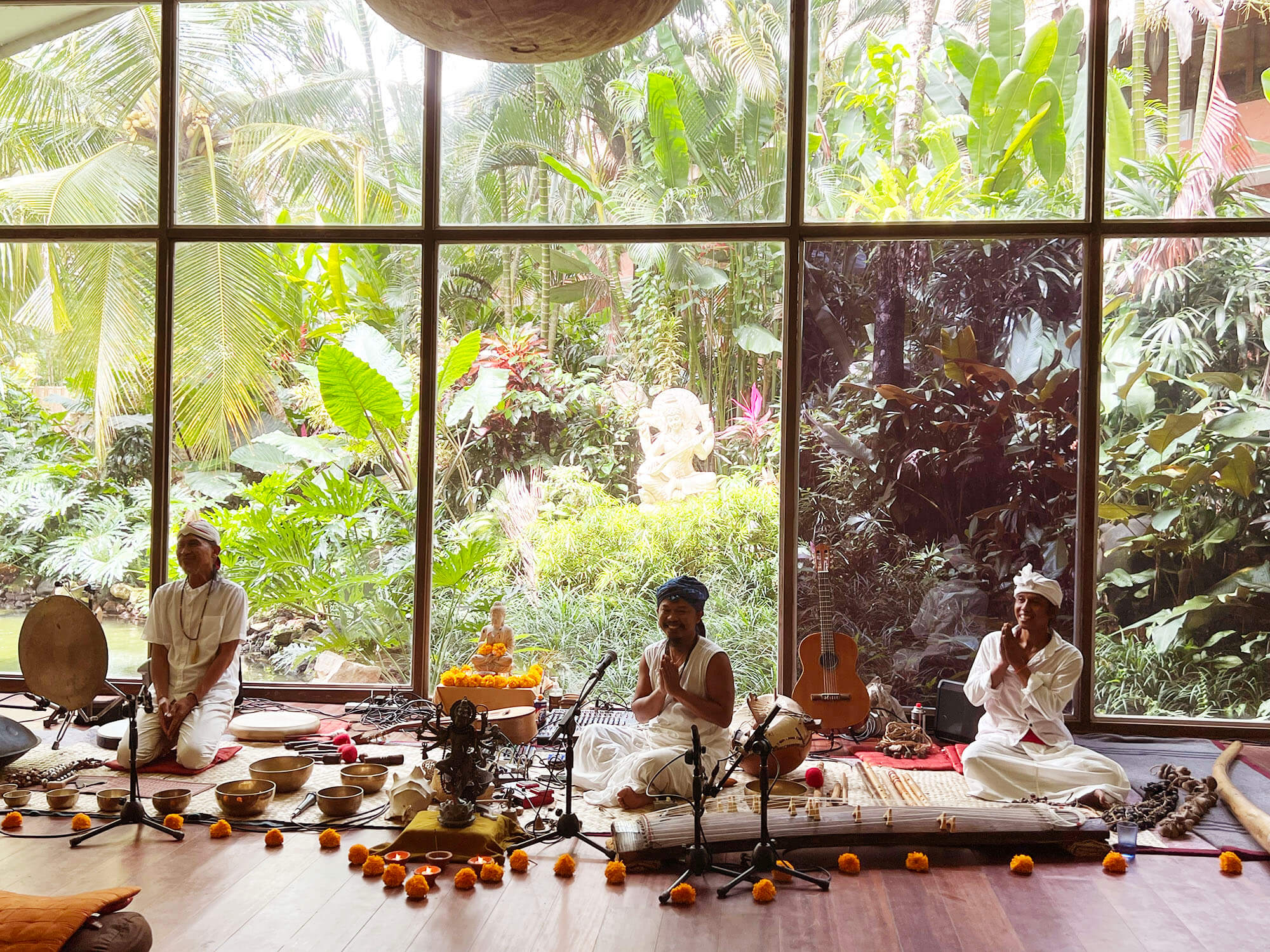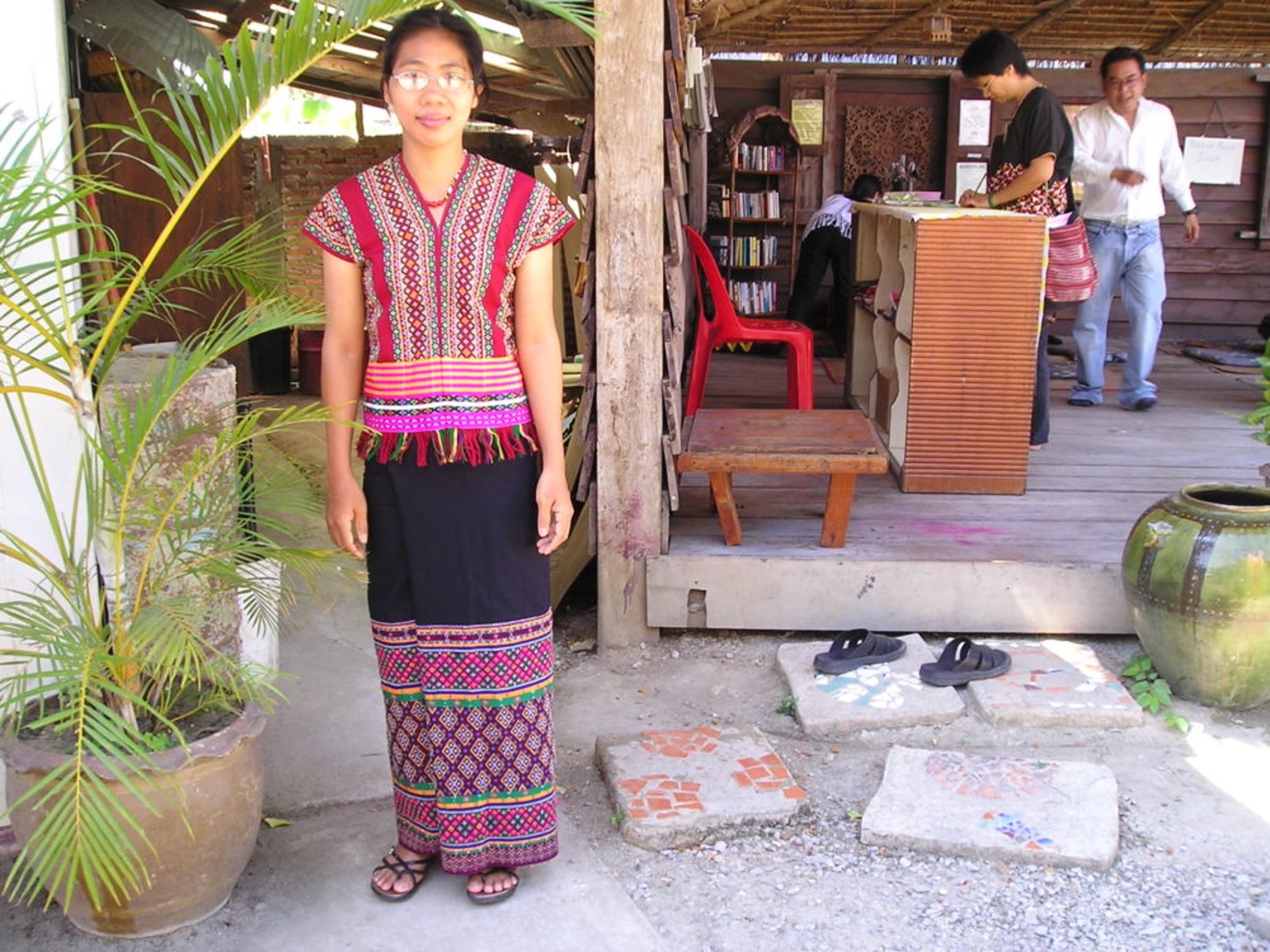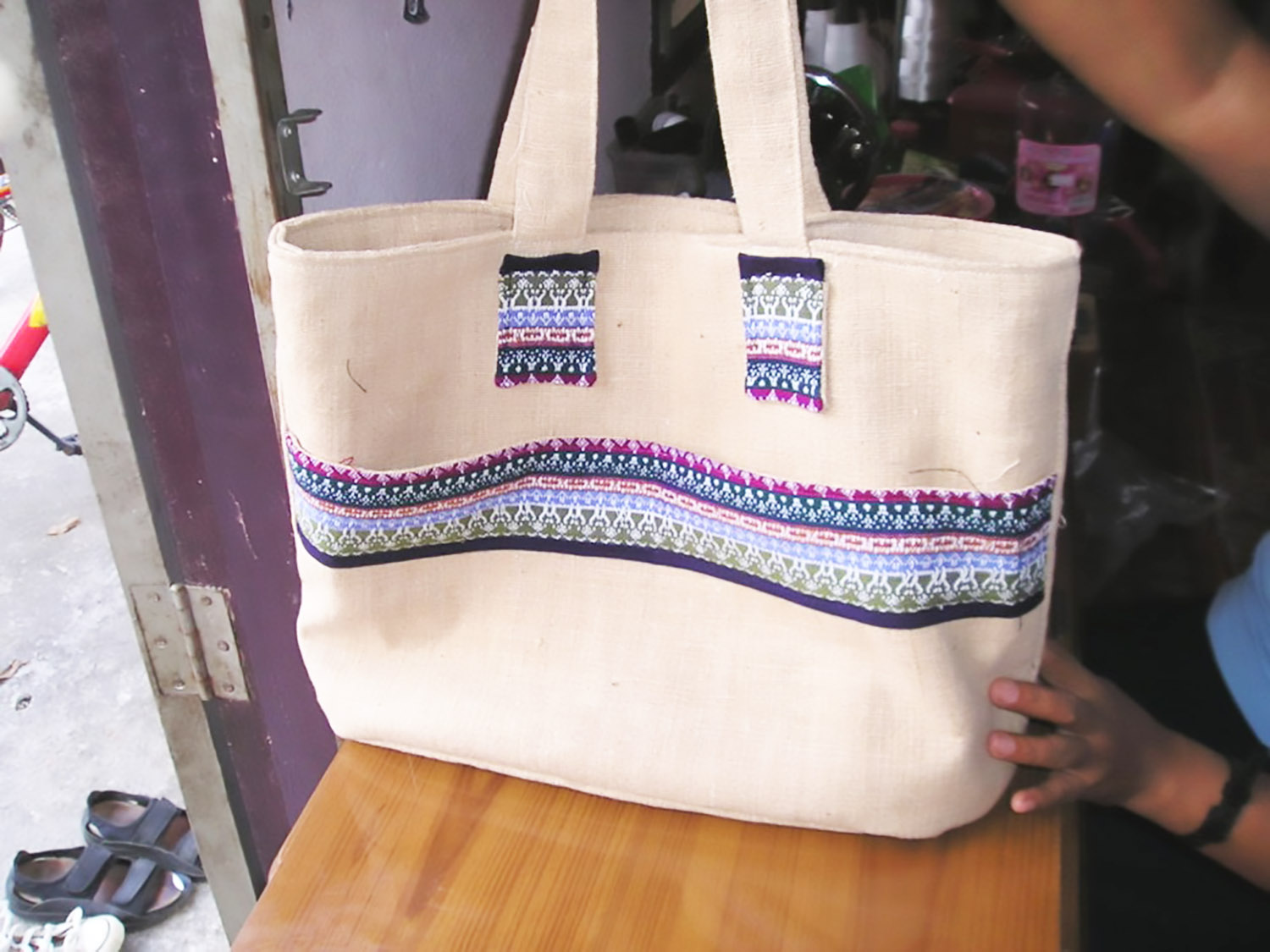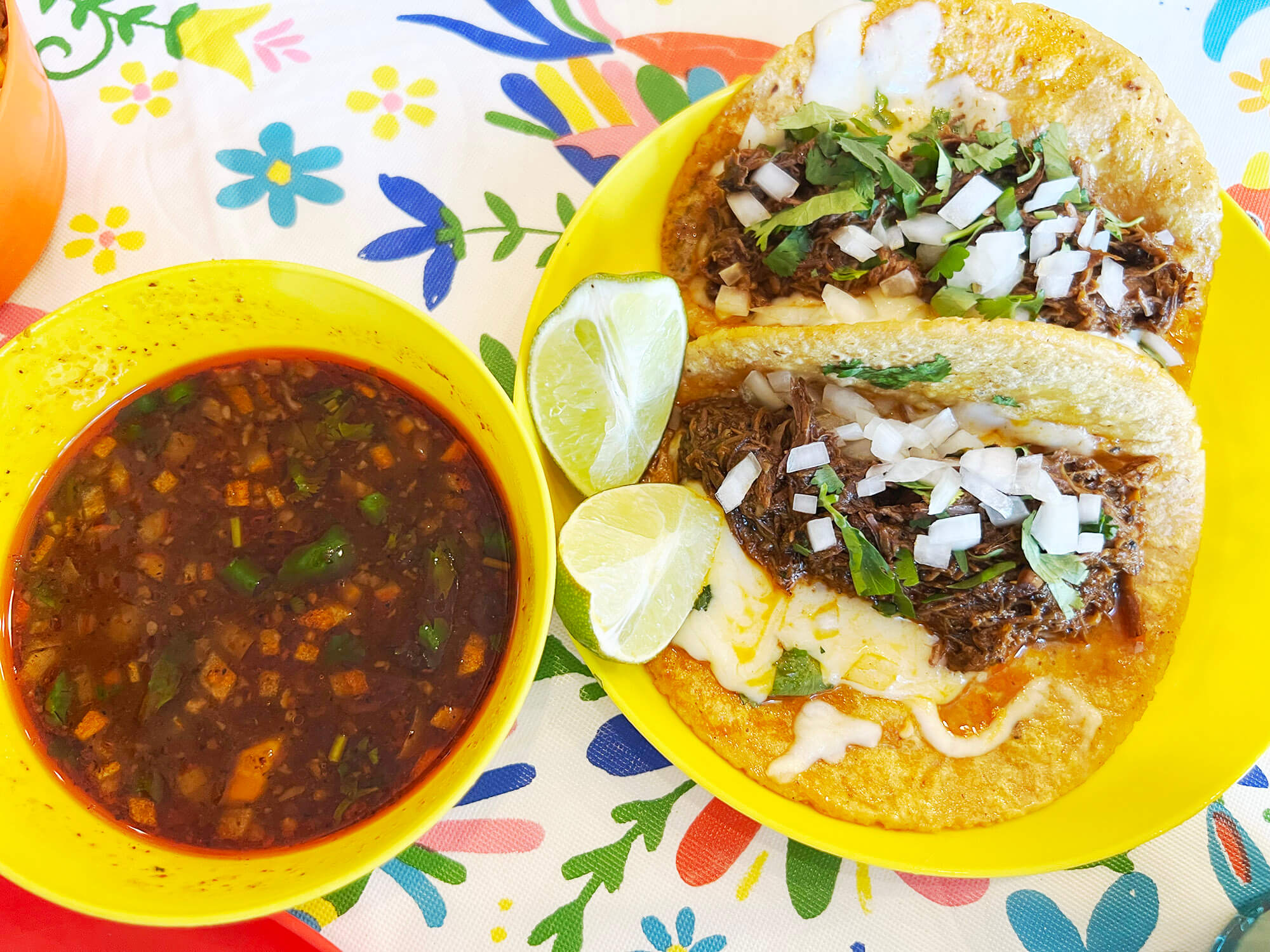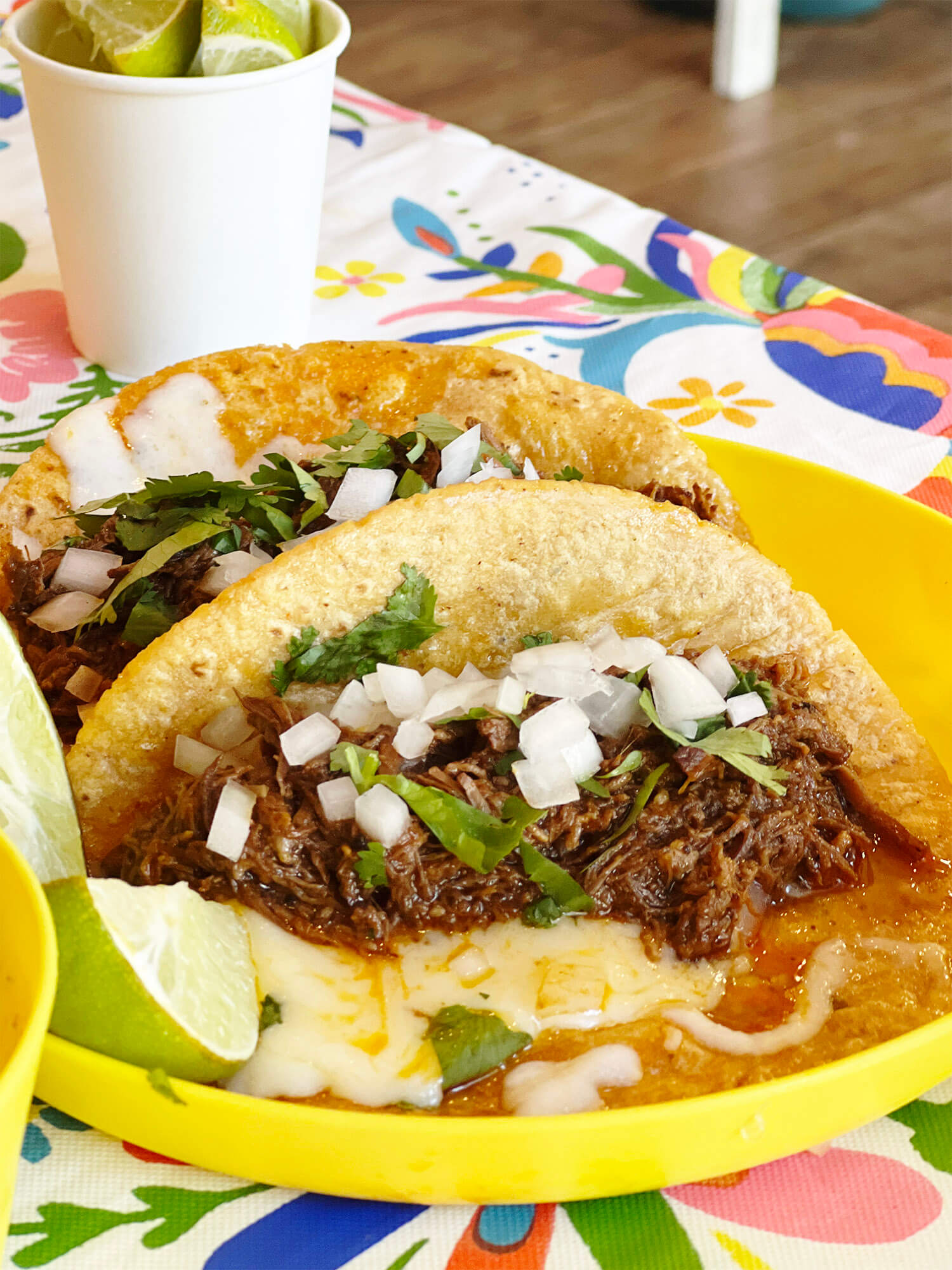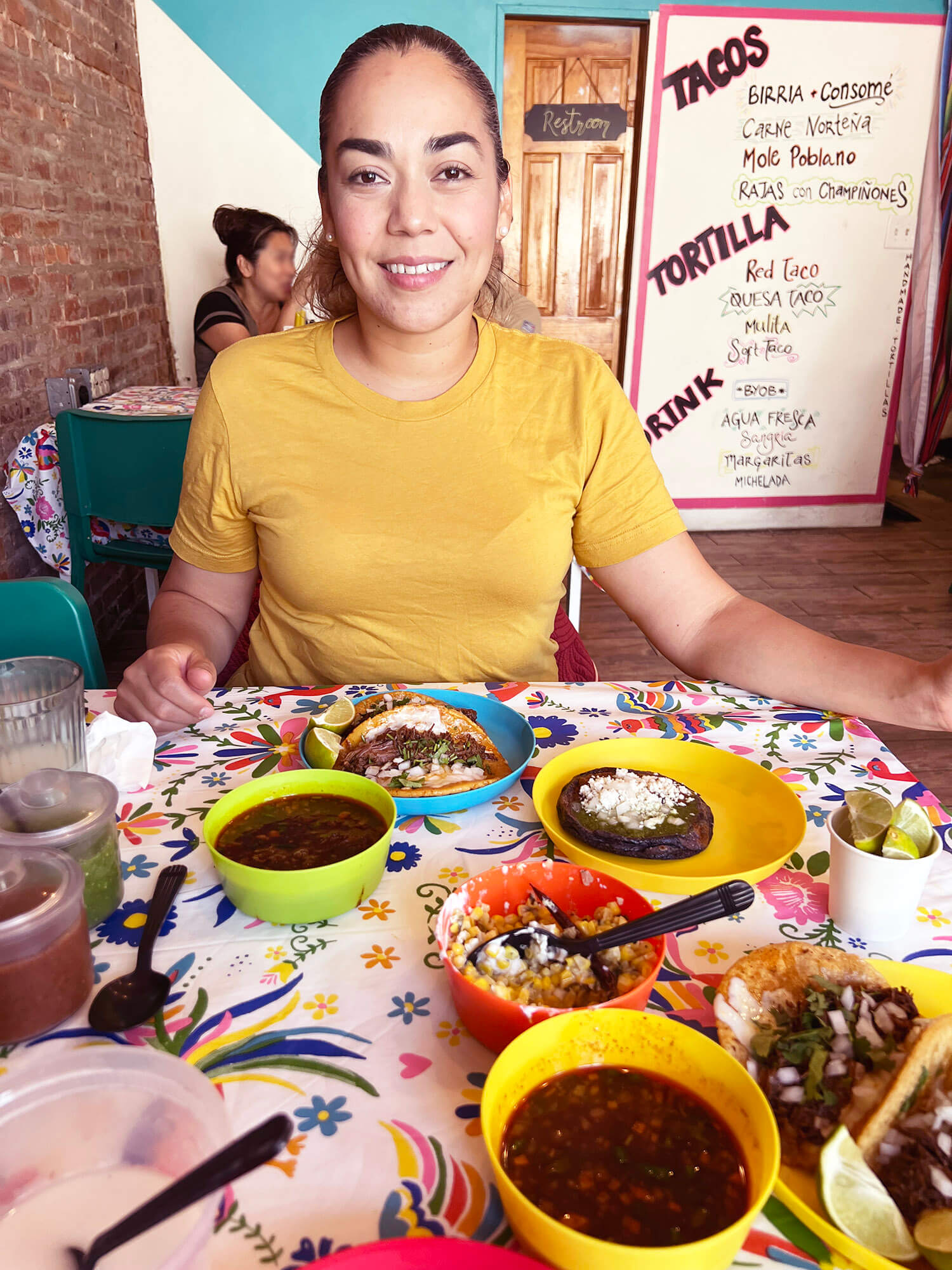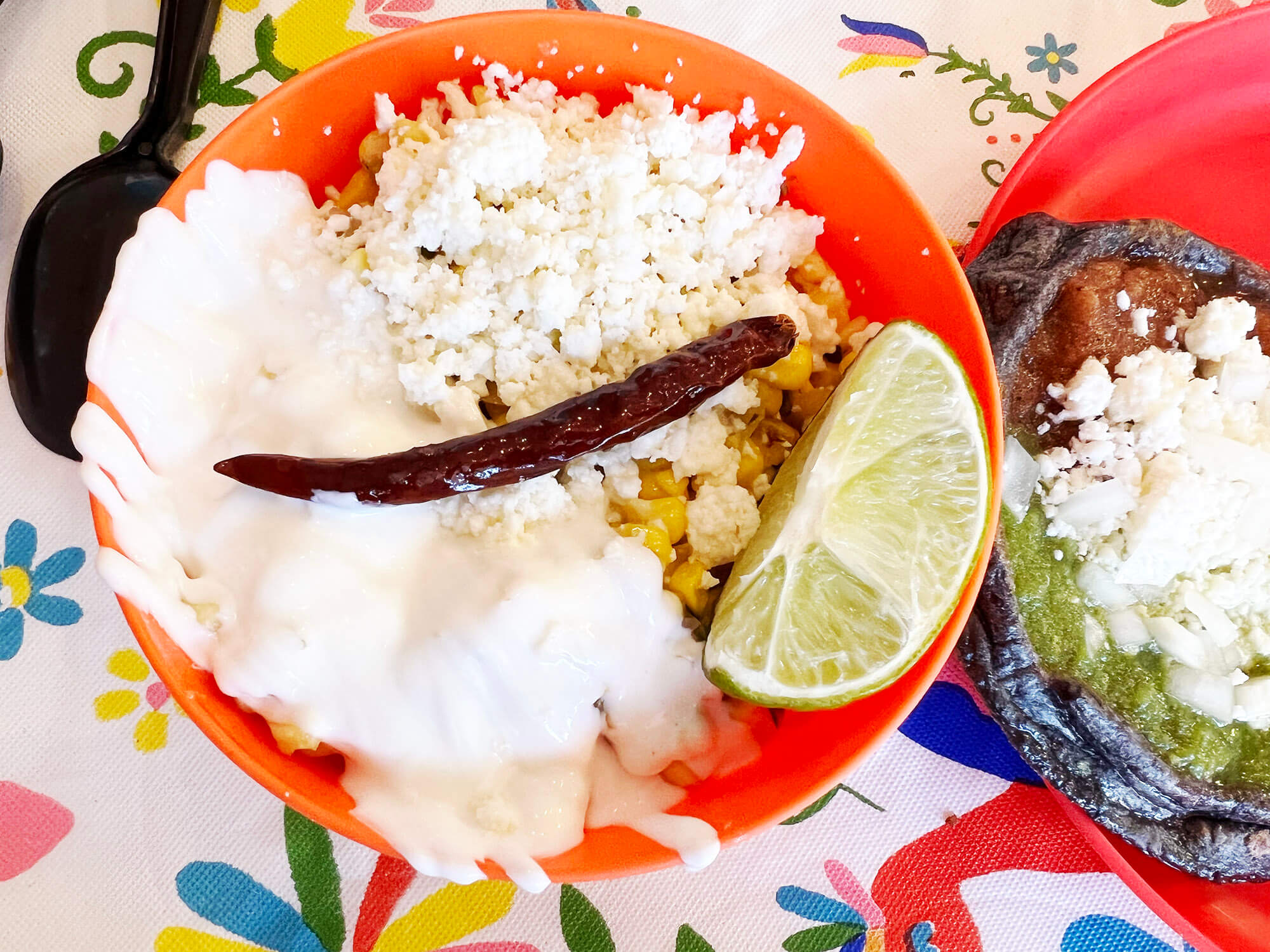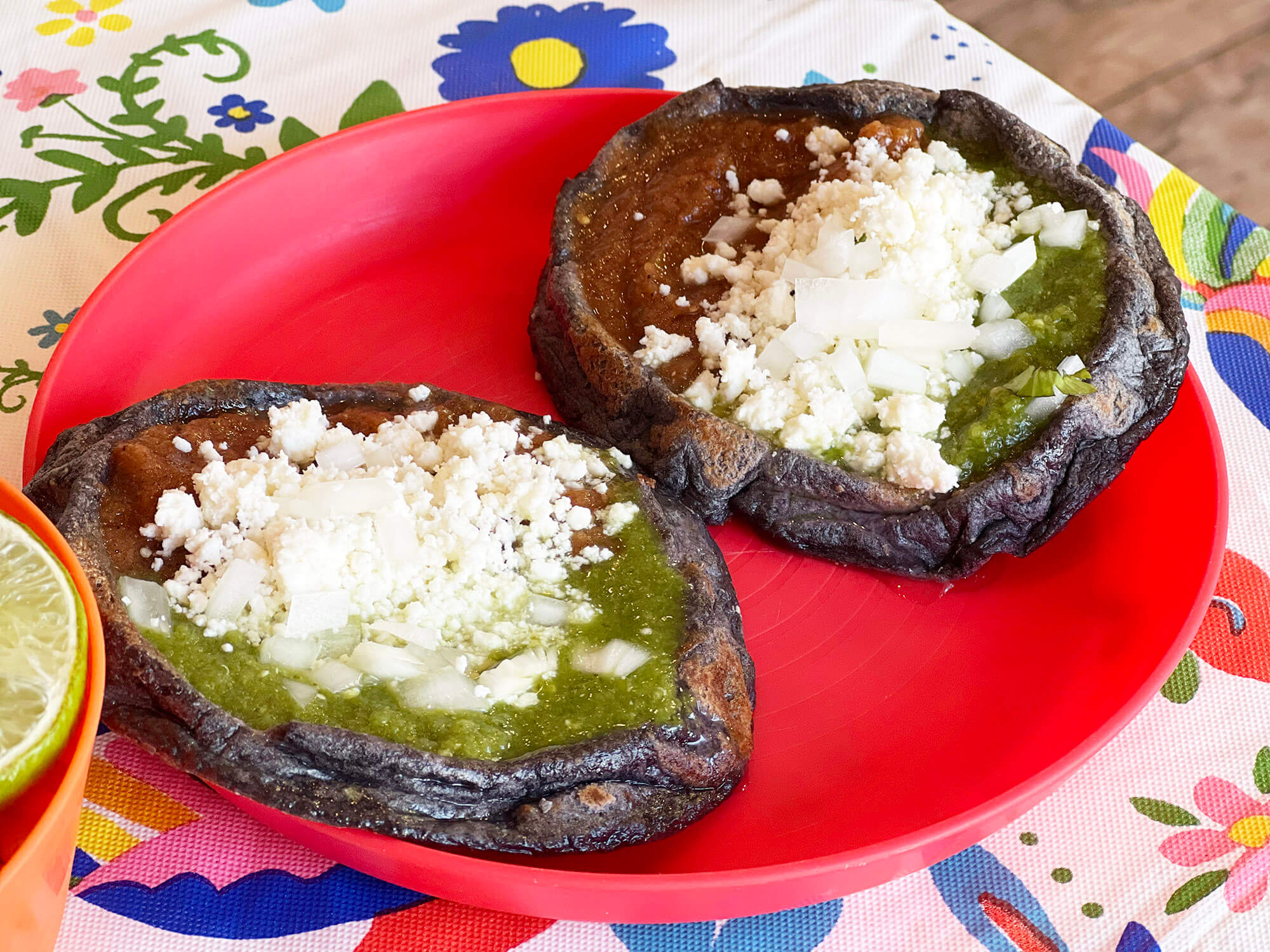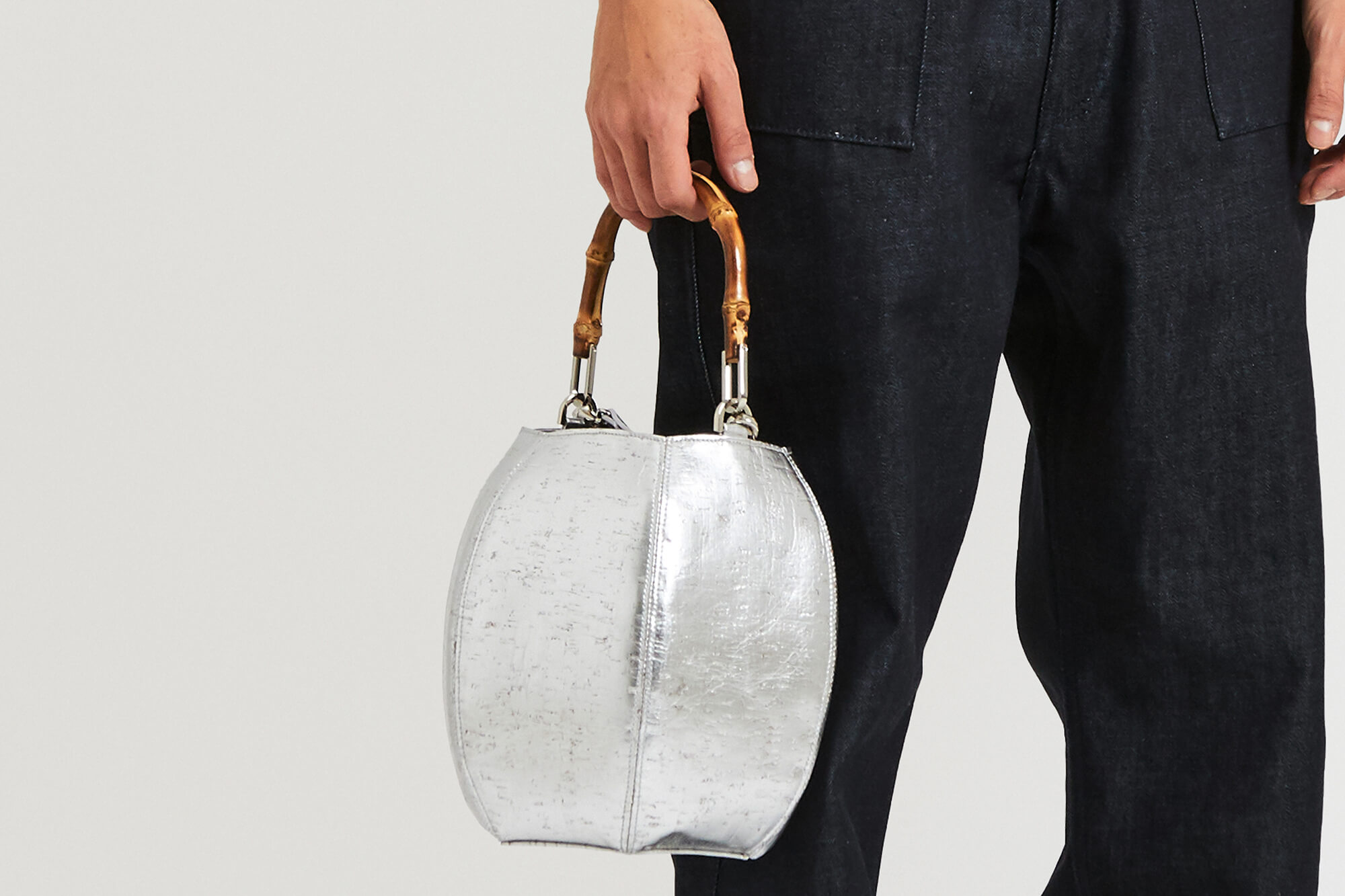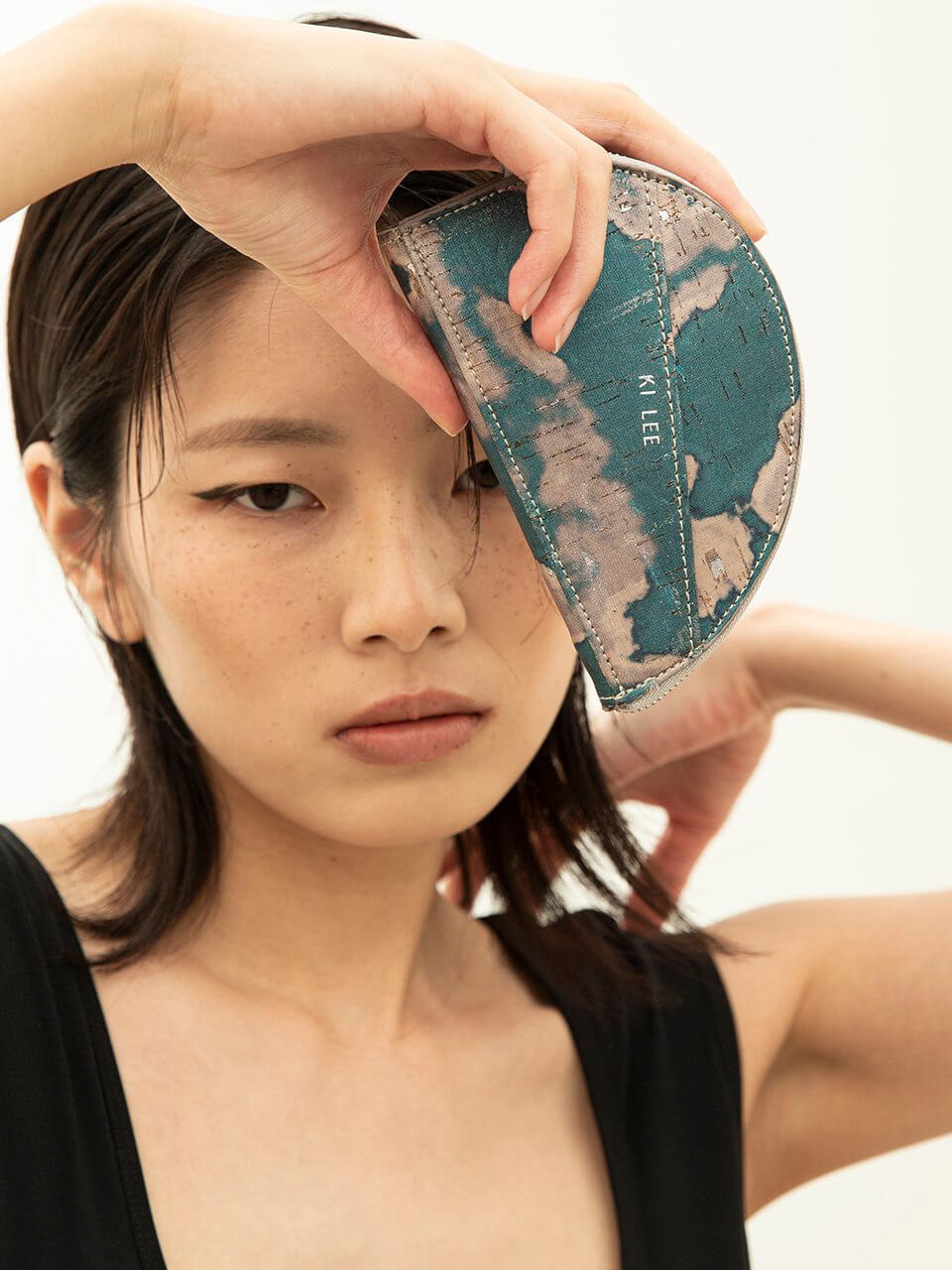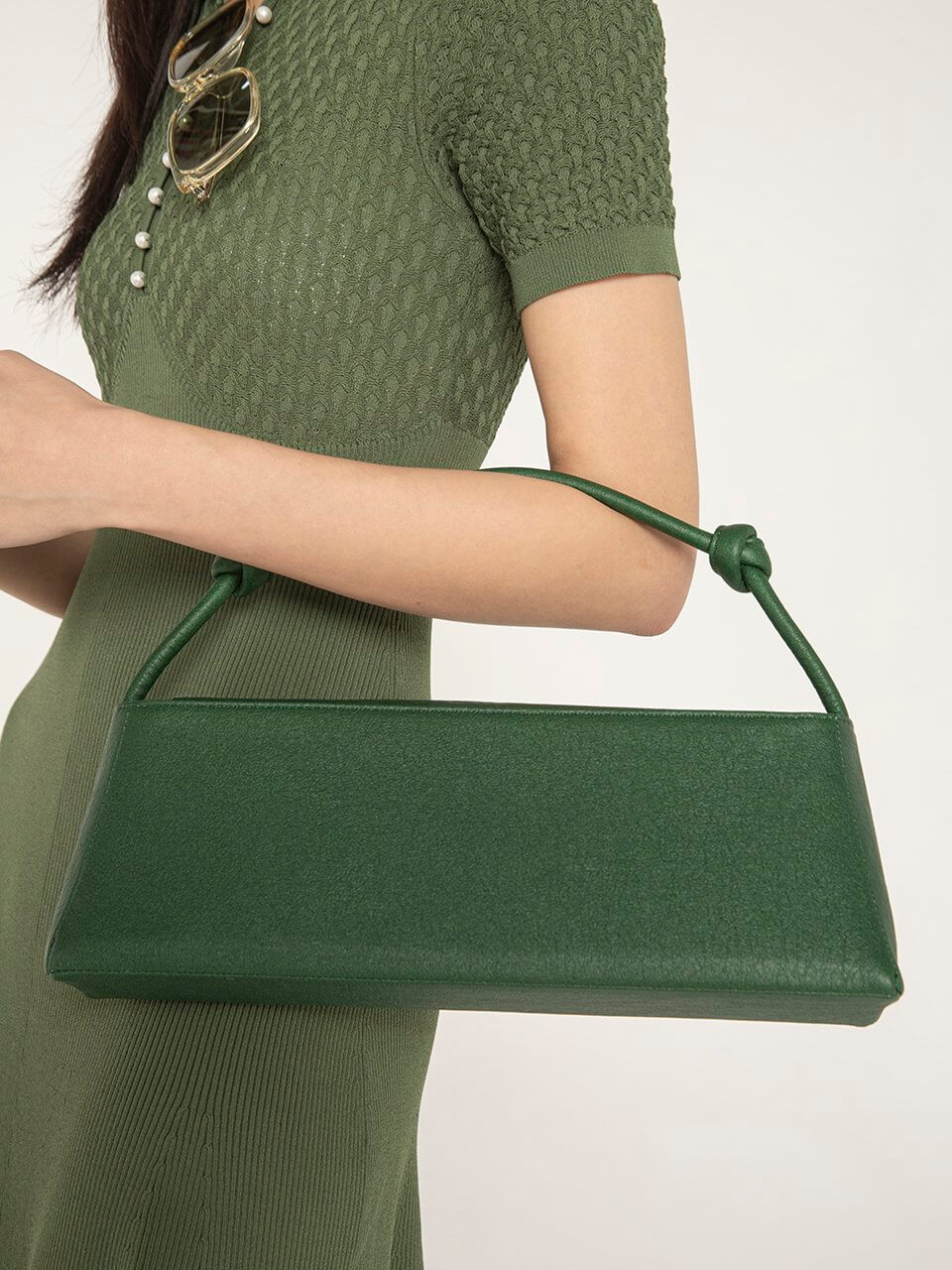
I usually just walk around in Ubud, but the narrow pavements and the heavy motorbike traffic do not make the city particularly walkable. If you have difficulties walking, or if you need to go to a place a little further away, you will thus need to take a taxi. There are both car taxis and motorbike taxis in Ubud and they can both be booked via Grab, which is an app similar to Uber.
Note: I am using the word motorbike, though it’s actually scooters or mopeds, but in Bali, they’re all called motorbikes.
Going by motorbike
The motorbike taxis are very cheap and easy to book through Grab, but please be aware that accidents do happen, so always wear a helmet. Don’t be afraid to speak up, if you think the driver is going too fast.
If you are in Ubud for a longer time, renting your own motorbike might also be an option, but remember to check that your travel insurance covers motorbike accidents (it often depends on whether you have a license and how fast the bike goes), and whether the rental price includes proper insurance in case of damage to the motorcycle or other people. This is an important detail that many overlook, and that can be very expensive if you are in an accident.
Going by car
Uber doesn’t work in Ubud, but Grab does. Just be aware that the local taxi drivers are fierce opponents of Grab and other ride-sharing services, and they can become quite aggressive towards the drivers from Grab. Sometimes, the Grab drivers will ask you to go to a different place than the pick-up destination you have entered in your phone, to avoid getting harassed by the local taxi mafia. This is for Grab Car only, the motorbike taxis on Grab seem to be tolerated.
If you are using the local taxi companies, be prepared to negotiate about the price for every single trip you take. Sometimes you are met with completely unreasonable rates, which is both exhausting, and frustrating, but keep in mind that the drivers are just trying to make a living, and stay calm and friendly, and turn down those unreasonable offers with a smile.
When I traveled with my parents, the price was typically around IDR80,000-160,000 for trips around Ubud, but the times I have traveled by myself ( and perhaps looked a bit more like a backpacker), it has been cheaper.
FYI
If you know you will be using taxi rides a lot, another option is to make an agreement with a driver at the start of the holiday, who can then drive you around for a fixed daily price.
Most people (including drivers) prefer to communicate through WhatsApp, so if you do not have that app installed, it is a good idea to do so.

